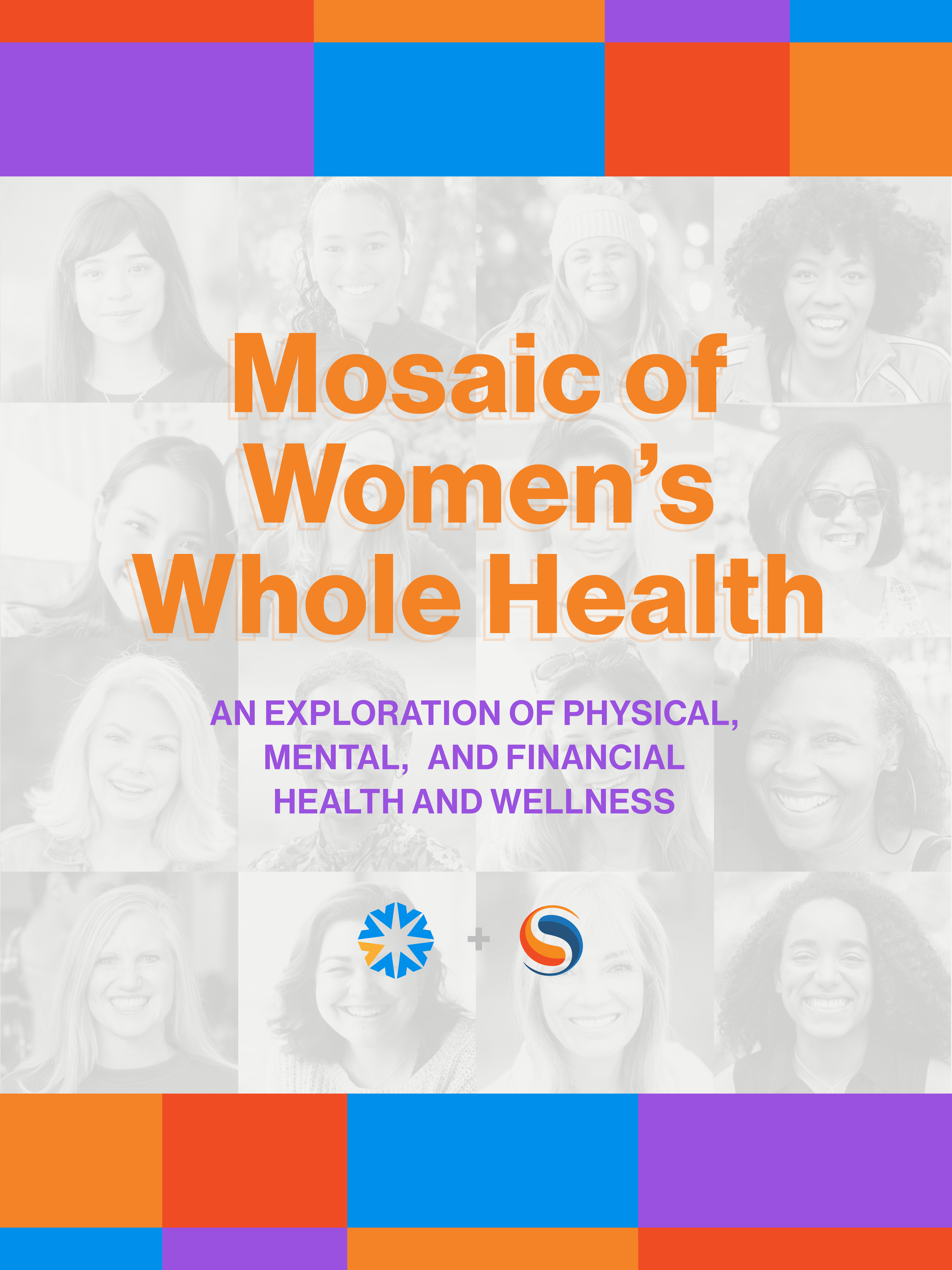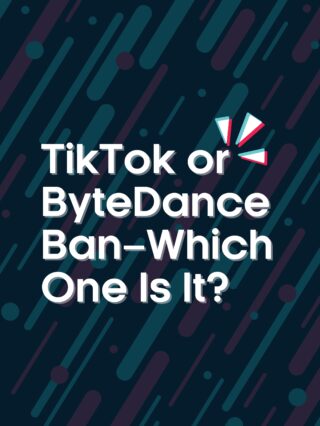The following is part of a series from our recent virtual advisory roundtable event, Women Leaders in Healthcare During a Pandemic, in collaboration with other women thought leaders from such companies as the Digital Health Coalition, Highmark Health, and Microsoft. Please keep an eye on our blog in the coming weeks for additional learnings from this event.
Data is as integral to scientific discovery as words are to poetry. We need data to learn, to pivot, to make the most-informed, evidence-based decisions. In general, if truth and advancement are what we’re after, data is our strongest ally. But what about data that relates to our health, our bodies, that represents our most private information? Is there a way to keep our personal information confidential, but also allow it to be utilized anonymously to help create a healthier world? Healthcare executives are working on ways to solve this vital issue as we speak.
“PHI (Protected Health Information) is always a challenge,” explains Laura Cruz, VP of Marketing from Global Blood Therapeutics. “It means we can only see a small fraction of the patient pool, which makes it more difficult to tap into the learning journey of our customers.”
And Josie Water, Sr. Director of Consumer Marketing at Ironwood Pharmaceuticals agrees. “The more we can get patients to opt in, the better the experience will be for them, and us. We can follow them on their journey and ensure their long-term wellness is supported.”
One solution has been the use of lookalike profiles or finding customers that fit patterns shared by your target audience. “Lookalike modeling helps us examine customers from an enterprise level, rather than rely just on pockets of information throughout the organization,” says Laurie Broderick, Senior Manager of Product Marketing at Healthfirst. And many executives see this lack of centralization of information as perhaps the biggest hurdle to being able to access and utilize healthcare data effectively.
“Even as a patient myself, I struggle to access my own data,” Water adds. “It feels like it’s being held hostage by my doctor or insurance company.” This problem persists on the business level too. “Divisions leverage data differently and there’s no enterprise platform or process linking them together,” explains Jane Mazur, VP of Global Divisional Communications at Hologic Inc. “People who want to look at it (data) are siloed and looking at it with their own lens, missing the holistic viewpoint,” concurs Brandi Ascione, Digital Marketing Practice Lead at Evolution Road. But even if access to data exists, unless it’s organized, it can be overwhelming.
“There is a tremendous amount of data, but a lack of connection to data points,” says Lynn Clement, EVC of Research Services at the KJT Group. Therefore, centralization of data and innovative tactics to contextualize this data (without breaching patient confidentiality) are pivotal next steps. And not just to make executives or even doctors lives easier, but to help extend all of our lives. “Rich data helps us understand who is at risk and manage these populations proactively,” Ascione adds. What’s more central to healthcare than making people healthier?





